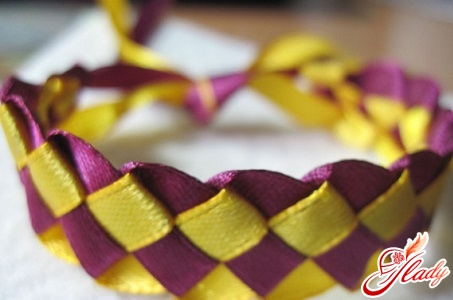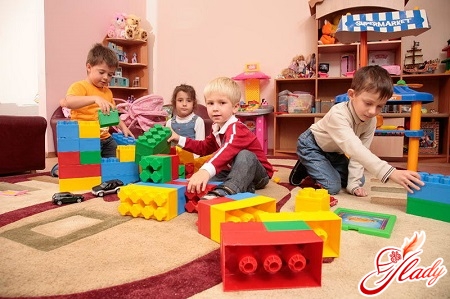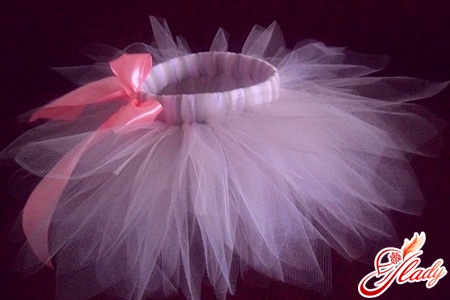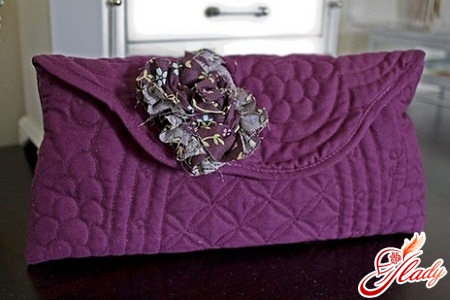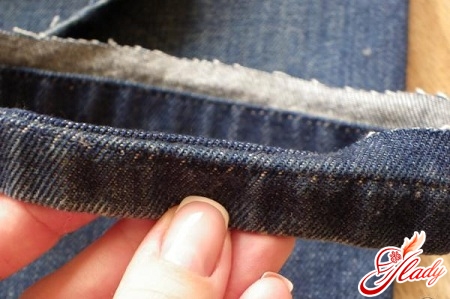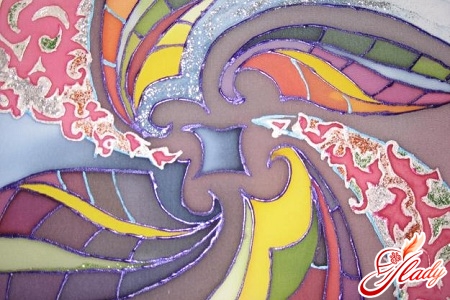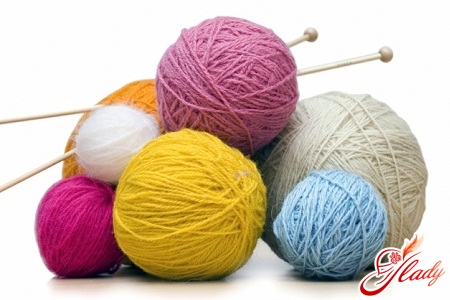 They say that the self-sewn thing was a success,if it does not look stitched by hand. But things that are connected by hands should look exactly like manual work - this is their exclusivity and value. But quality hand-knitted must be neat. And for beginners knitters it's not always good at it. However, there are types of mating, which even inexperienced craftsmen manage literally from the first time. These include the English gum. The cloth associated with this pattern is straight (loop to the loop), neat and corrugated. How to tie an English gum so that "the mosquito does not undermine the nose"? To learn this is very simple, and you can use such a pattern when knitting a wide variety of things: scarves and hats, sportswear, jackets and pullovers. Particularly successful are children's things that are connected with an English rubber band: bulky and dense, but at the same time lightweight due to a number of holes, as in delicate patterns. So, the English gum: how to knit this simple, effective and very popular pattern, which, besides, can be of different types?
They say that the self-sewn thing was a success,if it does not look stitched by hand. But things that are connected by hands should look exactly like manual work - this is their exclusivity and value. But quality hand-knitted must be neat. And for beginners knitters it's not always good at it. However, there are types of mating, which even inexperienced craftsmen manage literally from the first time. These include the English gum. The cloth associated with this pattern is straight (loop to the loop), neat and corrugated. How to tie an English gum so that "the mosquito does not undermine the nose"? To learn this is very simple, and you can use such a pattern when knitting a wide variety of things: scarves and hats, sportswear, jackets and pullovers. Particularly successful are children's things that are connected with an English rubber band: bulky and dense, but at the same time lightweight due to a number of holes, as in delicate patterns. So, the English gum: how to knit this simple, effective and very popular pattern, which, besides, can be of different types?
Traditional or classic English rubber band
To begin with, you need to link the sample tocalculate the number of loops. When knitting an English gum this is especially important, because the canvas is very lush and easily stretched. In the classic English rubber band, the front and the underside of the canvas look exactly the same. To obtain this effect, the first row is typed, alternating one face and one purl loops. In the second row after the removed edge binding: one face, one straight thread, one wrong. Pay attention: facial knitting over the facial (according to the figure), purl - over the purl, nakid - between them. All subsequent rows (both even and odd) are knitted equally: we make a cape, we take off the front, we sew with the cuff of the previous row with the wrong one.
Half-English or semi-patent gum
In the half-English rubber band, the pattern from the front and the underside is slightly different. From the face - more smooth, from the underside - more relief.
- We type an odd number of loops (plus two edges).
- First row. We knit the front loop, make a straight crochet (with a spoke to yourself), remove the next loop unintegrated (the working thread remains behind the work, that is, behind the loop). Thus we tie the whole series to the end. Note that in this row the working thread always remains on the wrong side of the fabric (behind the loops).
- Second row. We begin to knit from the straight crochet (with a spoke to yourself). Then one loop, (the one that was front in the first row) is removed without tying (as in the previous series, the thread is at work). Further, the removed loop and the first-row crochet are fastened with one face loop. And so we knit the whole second row: one cape, one loop, we remove, loop and cape together face.
- Third row. His knitting is similar to the second row: we sew a loop and a second-row cuff together with a face loop, make a straight cape, remove the loop without tying it. Make sure that the thread is always at work.
- Next we knit all the even rows as the second, all the odd ones as the third.
Colored English rubber band
To obtain a two-sided and multi-coloredcanvasses use circular knitting needles or long straight with two working ends (like toe). It is clear that for this gum you need two coils of threads of different colors. To knit a colored English gum (for example, a dark and light thread) with vertical stripes, you must type an odd number of loops. The knitting principle is the same as in the classic English rubber band, only all the odd rows are knitted with a dark thread, and all even ones are light.
- The first row (dark thread): one face, one cape, one take off.
- The second row (light thread): one cape, one take off, one facepiece with a cape.
- Third row (dark thread) we move the binding on the opposite side, we knit: the nakid together with the loop, like the one on the right, one cape, one will be taken off.
- The fourth row (light thread): one cape, one take off, a cape with a loop, like the one on the wrong side.
- The fifth row (dark thread): we move the canvas to the other side, we knit: nakid with a loop as one face, one cape, one shoot.
- Next, repeat knitting from the second row.
To get a colored English band withhorizontal stripes, knit a classic version: two rows of one color, two rows of another. In this way you will get narrow strips (with a width of one loop of English gum). For wider bands, you need to tie a larger color with one color, but there must be an even number of rows. By the way, for color strips you can use not two, but much more colors, and the stripes can be made of different widths. Economical masters are able to knit straightforwardly exclusive garments from the remnants of multi-colored yarn!
Helpful Tips
Try this method of knitting, invented by neat Englishmen - the result will pleasantly surprise you! We advise you to read:




